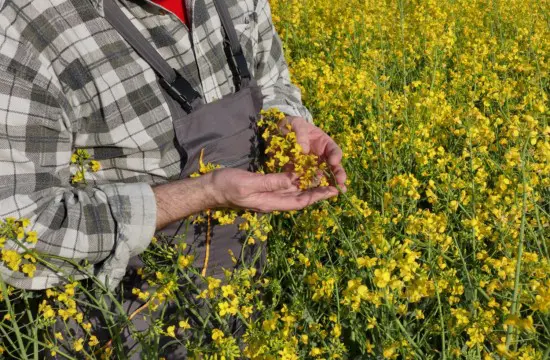The 4Rs of Nutrient Stewardship are defined in terms of making a cropping system more sustainable, with the “right” source, rate, time and place subjective to the factors of each farm and field. And the site-specific nature of the 4R practices means recommendations differ for each field, but there are best practices that can be implemented to manage phosphorus (P) loss.
The International Plant Nutrition Institute (IPNI) and The Fertilizer Institute (TFI) recently sponsored a science workshop in collaboration with the Field to Market® Alliance for Sustainable Agriculture to review a science-based approach for five major commodity crops produced in North America.
Researchers analyzed prescriptive solutions to determine a more precise application of the right source, rate, time and place of phosphorus. While phosphorus supports high-yield crops, it also is at an elevated risk of being lost to the environment. Findings from the research outlined basic, intermediate and advanced practices for more productive phosphorus applications.
Findings from this workshop, such as how to quantify P loss and adaptive management strategies, as well as other crop and soil management practices from the IPNI, can be found here: http://www.ipni.net



